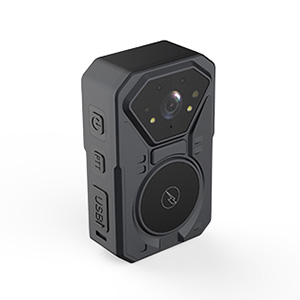
# Police Bodycams: Enhancing Transparency and Accountability
## The Rise of Body-Worn Cameras in Law Enforcement
In recent years, police bodycams have become an increasingly common tool in law enforcement agencies worldwide. These small, wearable cameras are typically attached to an officer’s uniform and record both audio and video during interactions with the public. The adoption of this technology has sparked important conversations about police accountability, transparency, and the balance between public safety and privacy rights.
## How Bodycams Work
Police bodycams are designed to be durable and easy to use. Most models feature:
– High-definition video recording
– Night vision capabilities
– Wide-angle lenses
– Automatic activation in certain situations
– Cloud-based storage systems
Officers typically activate the cameras at the beginning of an interaction with the public, though some departments have policies requiring continuous recording during entire shifts.
## Benefits of Police Bodycams
The implementation of body-worn cameras has shown several positive outcomes:
### Increased Accountability
Bodycam footage provides an objective record of police-public interactions, reducing disputes about what occurred during an incident. This has led to:
– Fewer complaints against officers
– More accurate documentation of events
– Better evidence collection for investigations
### Improved Officer Behavior
Studies have shown that both police officers and civilians tend to behave more professionally when they know they’re being recorded. This “civilizing effect” can lead to:
– Decreased use of force incidents
– More polite interactions
– Greater adherence to protocols
### Enhanced Public Trust
When police departments make bodycam footage available (with appropriate privacy protections), it can help build community trust by:
– Demonstrating transparency
– Providing clarity in controversial cases
– Showing officers performing their duties properly
## Challenges and Considerations
While bodycams offer many benefits, their implementation isn’t without challenges:
### Privacy Concerns
Recording interactions raises questions about:
– When recording is appropriate
– How long footage should be stored
– Who should have access to the recordings
– How to protect the privacy of innocent bystanders
### Cost and Infrastructure
Implementing a bodycam program requires significant investment in:
– Camera equipment
– Data storage solutions
– Personnel to manage the system
– Training for officers
### Policy Development
Departments must create clear policies regarding:
– When cameras should be activated
– How footage is reviewed
– What happens when cameras malfunction
– Consequences for failing to record when required
Keyword: bodycams
## The Future of Police Bodycams
As technology advances, we can expect to see:
– Improved video quality and battery life
– Integration with other law enforcement technologies
– Advanced analytics (facial recognition, automatic transcription)
– Better solutions for redacting sensitive information
However, with these advancements come new ethical questions that society will need to address regarding surveillance, privacy, and the appropriate use of technology in policing.
Police bodycams represent an important tool in modern law enforcement, offering significant benefits for both officers and the communities they serve. While challenges remain in their implementation and use, when deployed with thoughtful policies and proper oversight, they can play a crucial role in enhancing police transparency and accountability. As this technology continues to evolve, ongoing dialogue between law enforcement, policymakers, and the public will be essential to ensure bodycams fulfill their potential as a force for good in policing.